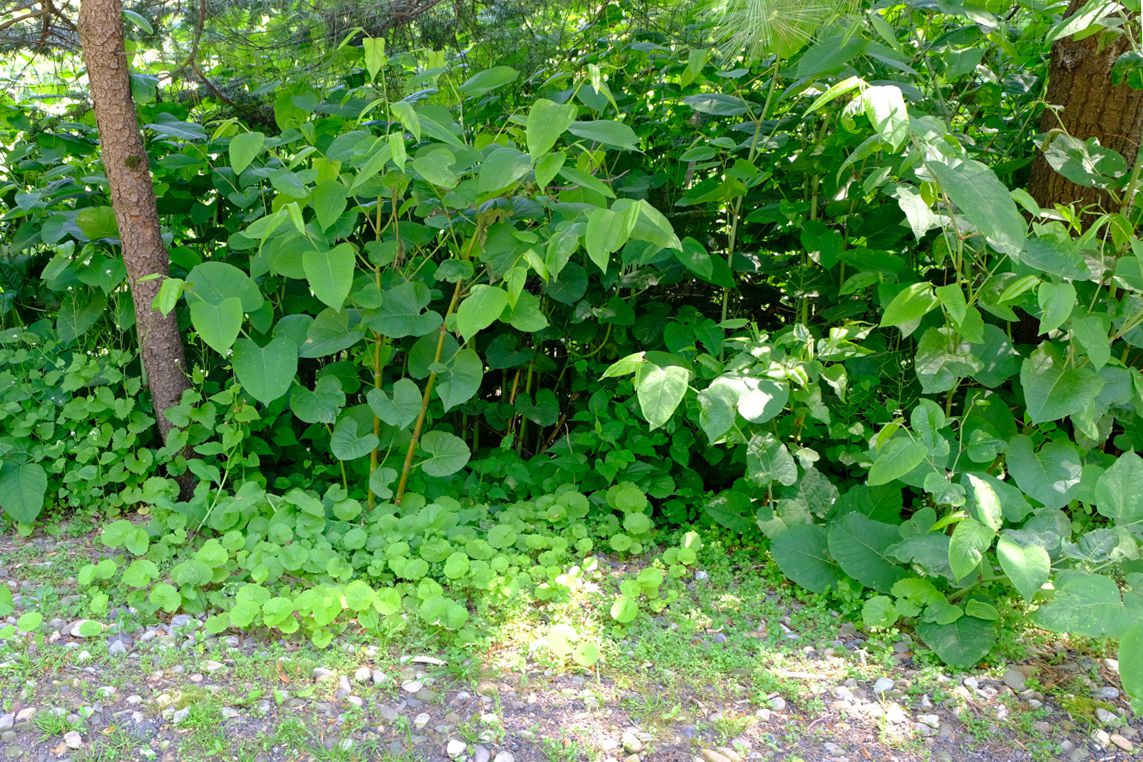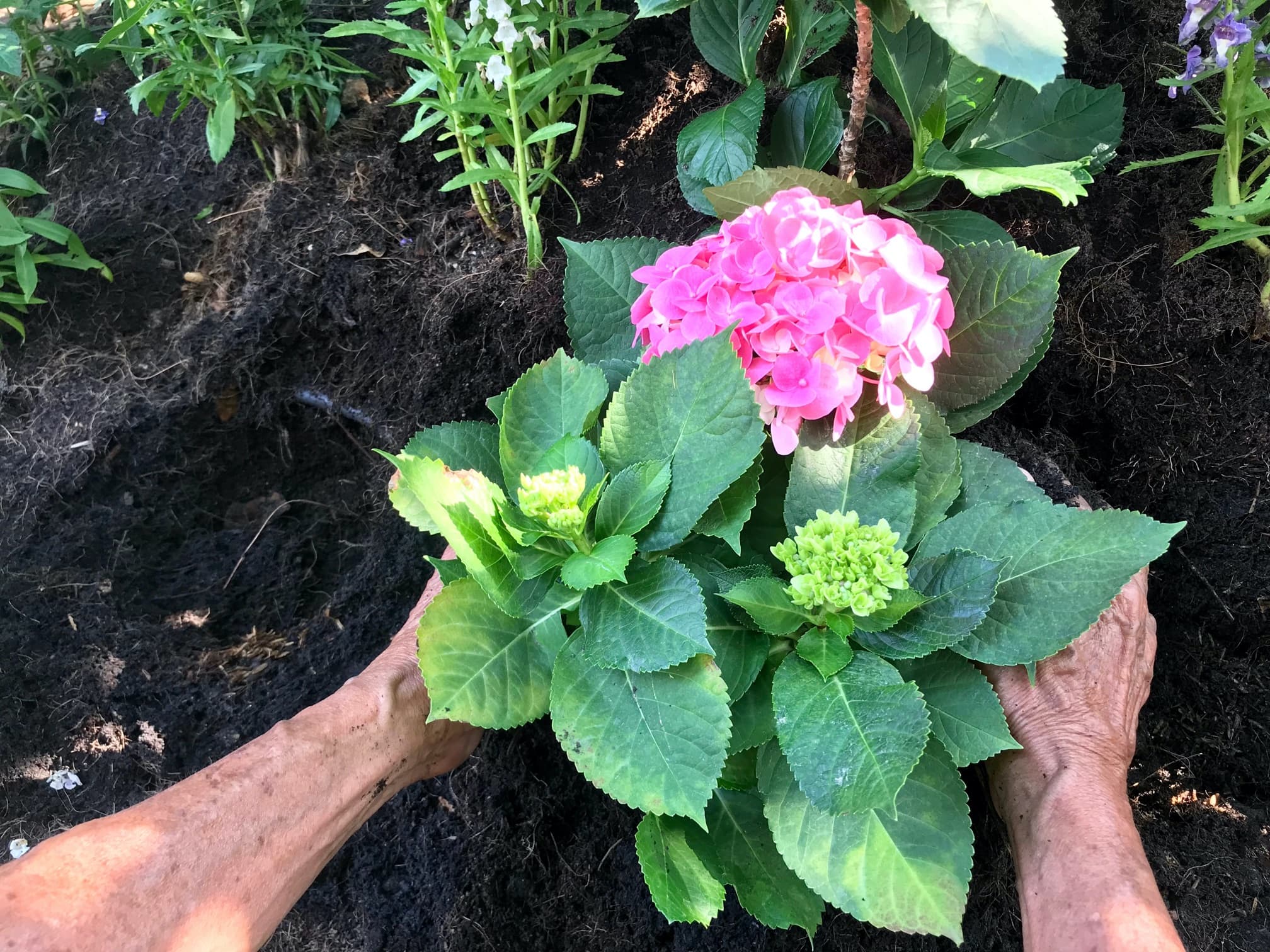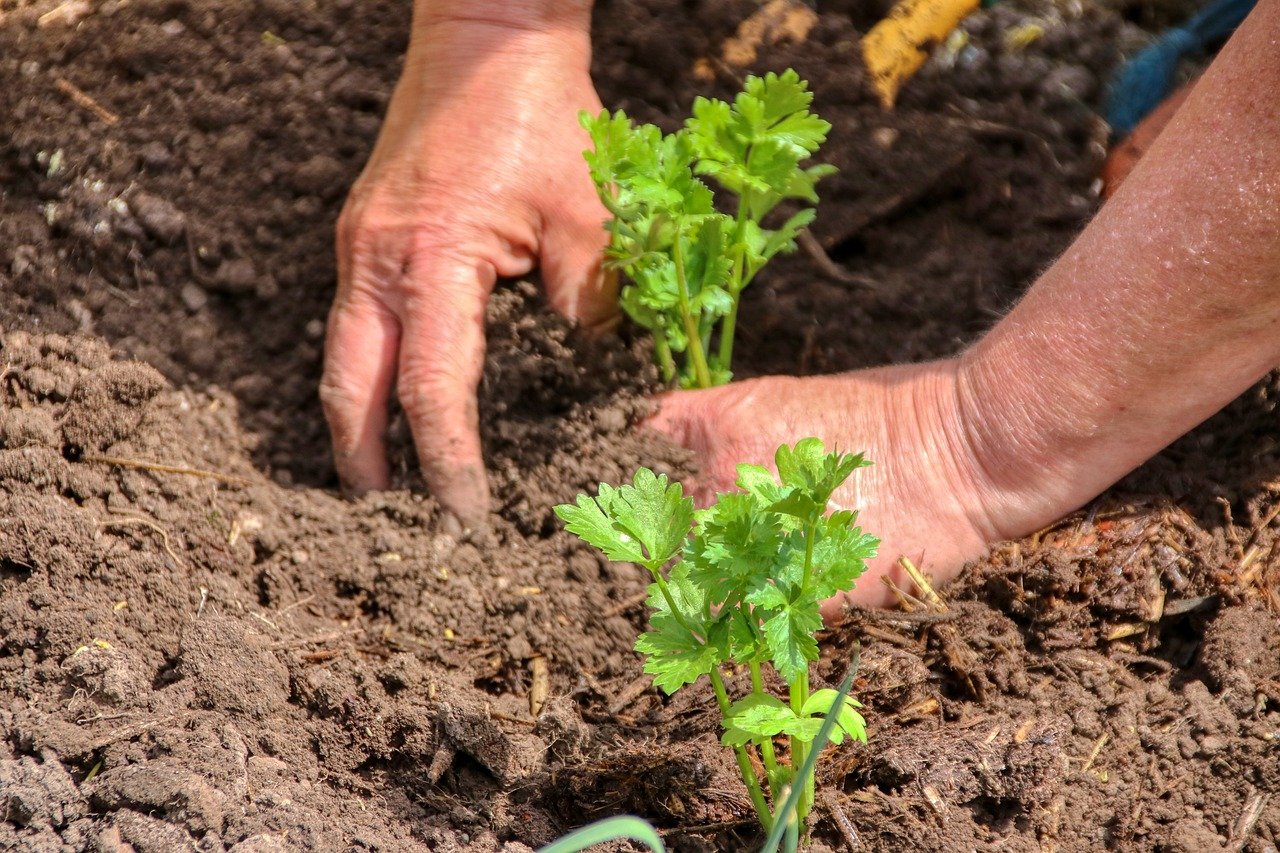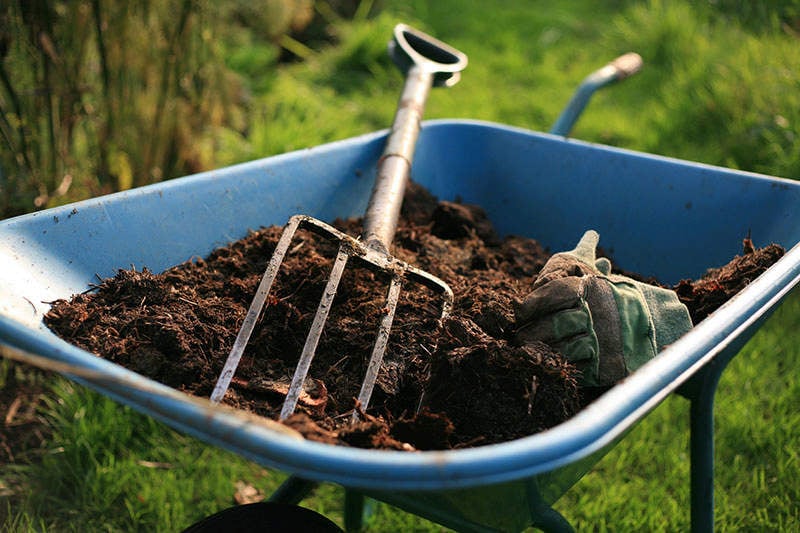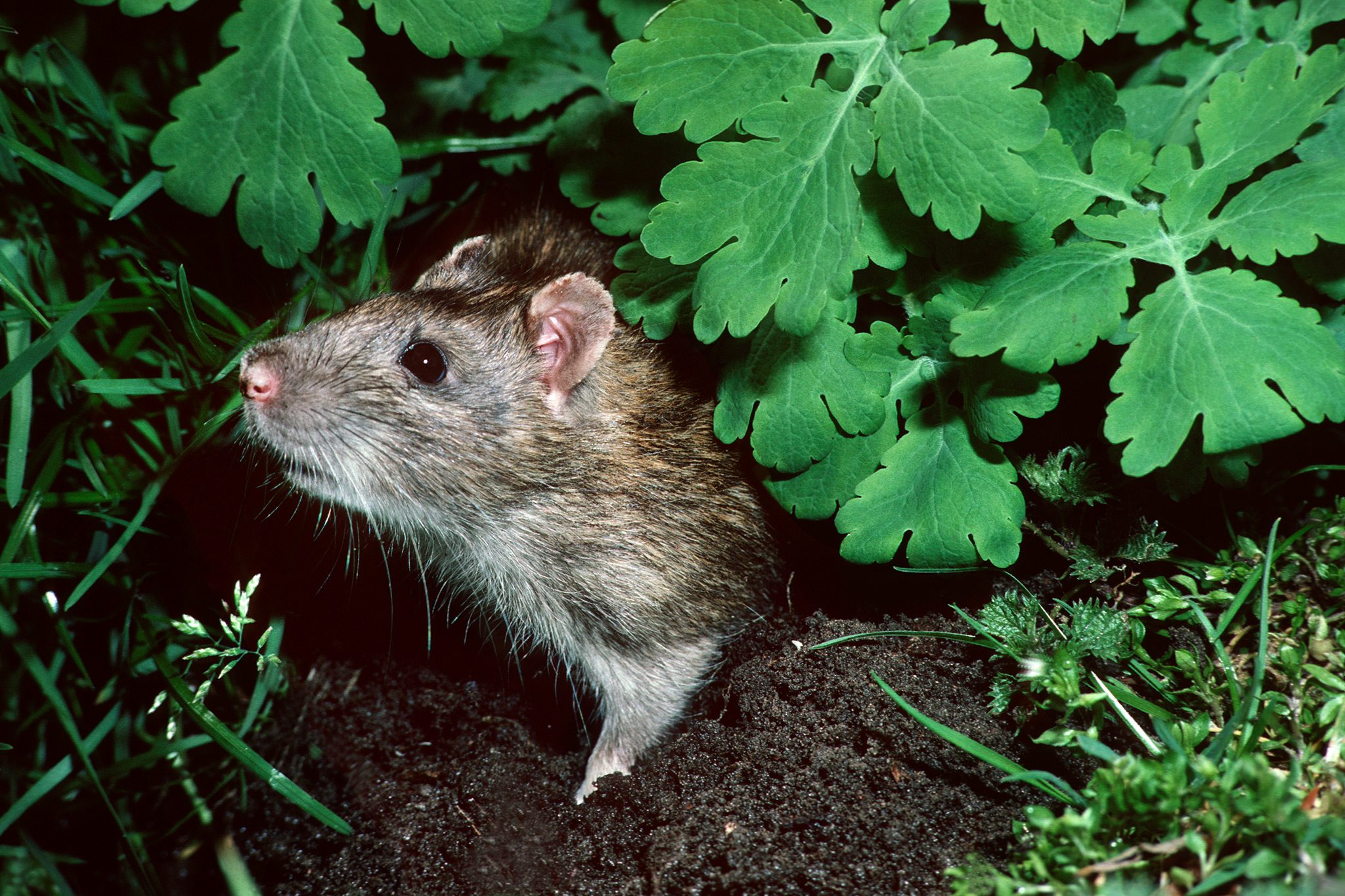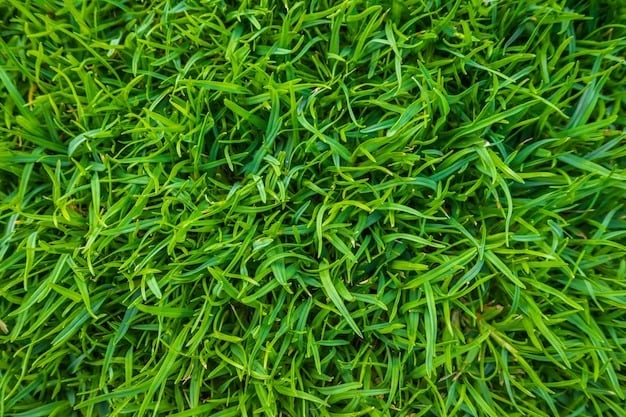How To Remove Bindweed And Keep It From Coming Back
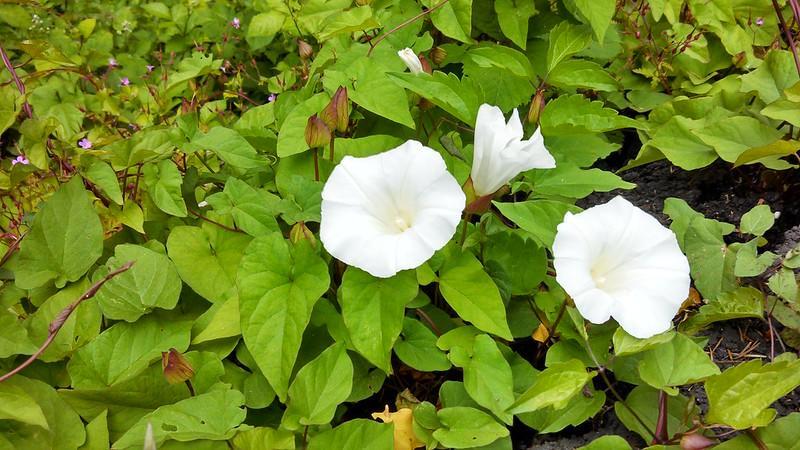
Table of Contents
Bindweed is a term used to describe a group of fast-growing vines that belongs to the Convolvulaceae family. These plants are also known as morning glory and are characterised by their thin stems, small trumpet-shaped flowers, and heart-shaped leaves. Bindweed can be found in various environments, from gardens to agricultural fields.
Bindweed is a problematic plant for several reasons. Firstly, it is incredibly invasiveand can quickly spread in that area, choking out other plants. Its roots are also known to grow deep in the soil, making it challenging to remove. Bindweed has the ability to warp itself around other plants, preventing them from growing and potentially killing them. Its fast growth rate and spreading nature make it persistent and difficult to get rid of, particularly in agricultural settings where it can reduce crop yield.
How to Identify Bindweed?
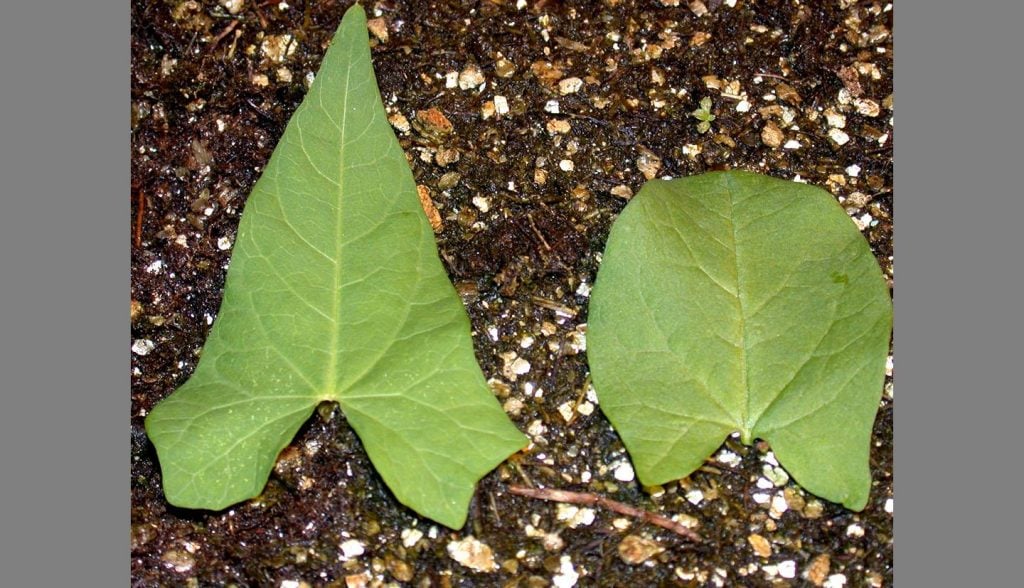
Identifying bindweed can be a challenging task, as it can look similar to other plants. However, there are a few ways to differentiate bindweed from other species. One key characteristic of bindweed is its heart-shaped leaves, which are unique to this plant. This plant has trumpet-shaped flowers that bloom in the morning and close up during the afternoon. Its flowers can be pink, purple, or white with a sweet odour.
Other plants that look similar to bindweed include sweet potato vine and hedge bindweed, which can be identified by their differently shaped leaves and flowers. Bindweed can also be distinguished from other plants by its twining habit, as it wraps itself around other plants or objects to climb.
What Are the Causes of Bindweed Infestation?
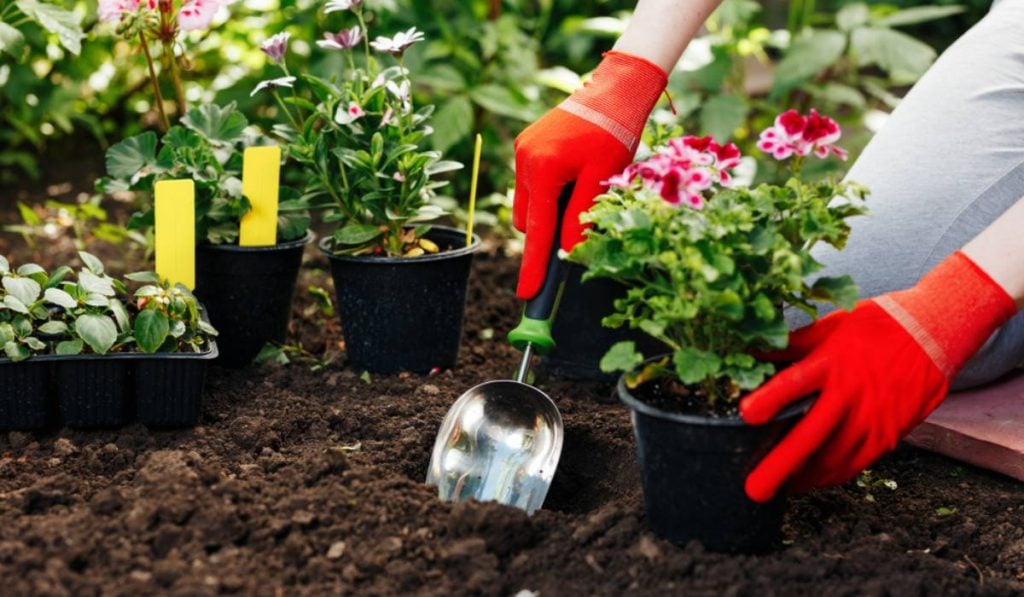
Bindweed infestation can be caused by a combination of environmental factors and poor gardening practices. To prevent and manage bindweed infestations, it is essential to practice proper gardening techniques, including regular weeding, cultivation of soil, and proper irrigation management. In case of severe infestations, chemical control methods may be necessary, but they should be used with caution to avoid harming other plants or the environment.
1. Environmental Factors
Several environmental factors can contribute to bindweed infestation in other plants. Bindweed can thrive in a wide range of soil types and pH levels, making it a hardy plant that can easily spread in nearby areas. Areas with high levels of rainfall or irrigation can be susceptible to bindweed infestations. Its deep roots make it difficult to remove, and these roots can help bindweed to survive draught as well as other harsh conditions.
2. Poor Gardening Practices
Poor gardening practices also contribute to bindweed infestation. Bad gardening practices like leaving the garden bed uncultivated can allow bindweed to spread. Similarly, overwatering or poorly draining soil can create ideal conditions for bindweed to thrive. Inadequate weed management practices, such as failing to remove weeds promptly or using ineffective weed control methods, can also lead to bindweed infestations. Additionally, introducing bindweed to a garden or agricultural field through contaminated soil or plants can result in rapid and widespread infestations.
How to Get Rid of Bindweed?
It is very important to get rid of the invasive bindweed as it can not only damage your plant but can also kill it. There is a combination of manual removal, chemical control, and preventative measures can be used to get rid of bindweed. It is crucial to choose the appropriate method based on the severity of the infestation.
1. Chemical Removal
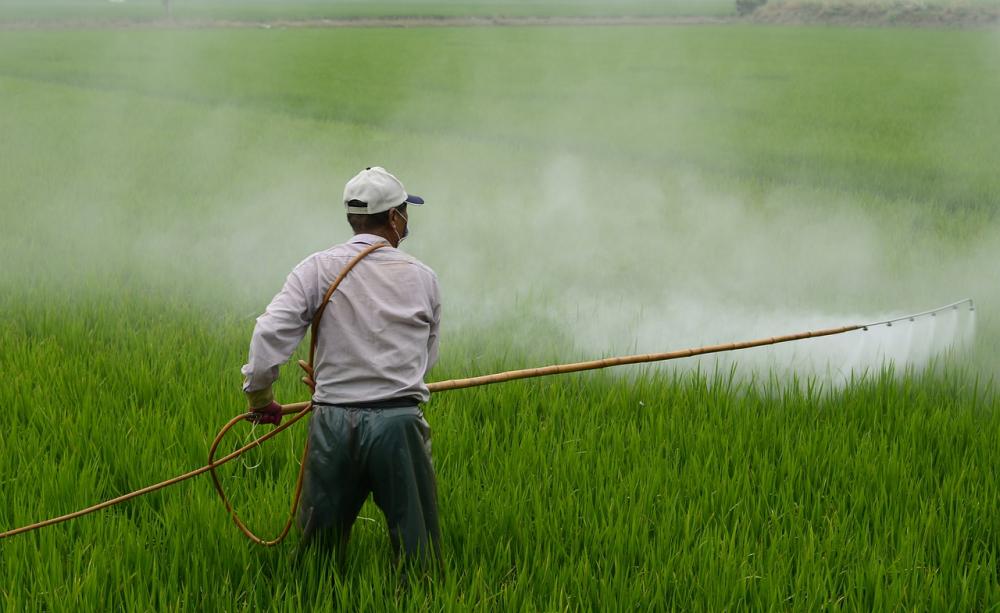
Chemical control can be used to get rid of bindweed. However, these methods should be used with care and caution as they involve the use of chemicals that can be harmful to other plants and the environment.
- Herbicides: Glyphosate-based herbicides can be used to control bindweed. However, it is important to follow the manufacturer’s instructions carefully and avoid spraying near other plants.
- Organic Alternatives: Organic herbicides such as vinegar, salt, and boiling water can be used as alternatives to glyphosate-based herbicides.
2. Manual Removal
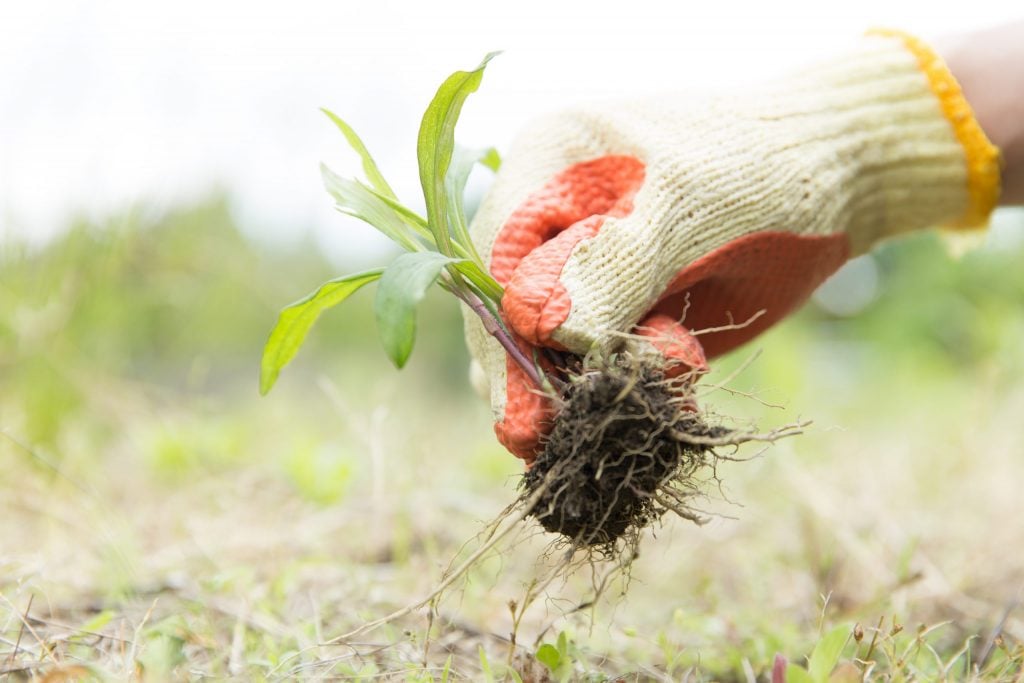
Manually removing bindweed is one of the most effective ways, as it does not involve the use of chemicals. The following technique should be followed while manually removing these invasive plants.
- Digging: Digging up the plant’s root system is one way to get rid of bindweed. It is best to do this when the soil is moist to ensure the entire root system is removed.
- Pulling: Pulling the plant from the soil is another method. It is important to make sure the entire plant, including the root system, is removed to prevent regrowth.
- Cutting: Cutting bindweed at ground level will not remove the plant entirely, but it can be an effective method when combined with other techniques.
3. Preventive Measure
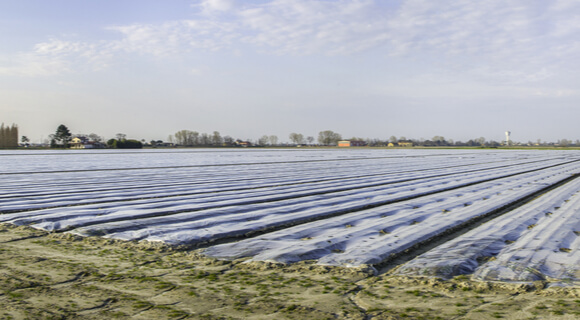
You can take preventive measures in the first place to avoid bindweed growing in your garden. Some of the preventive measures are listed below.
- Mulching: Covering the soil with a layer of organic mulch can help prevent bindweed seeds from germinating.
- Proper Lawn Maintenance: Regular mowing and trimming can prevent bindweed from establishing itself in lawns.
- Soil Solarisation: During the hottest months of the year, covering the soil with clear plastic can help kill bindweed seeds and prevent their germination.
Best Practices for Preventing Bindweed Re-growth
Bindweed can be a persistent and frustrating problem for gardeners and farmers. Once established, it can be difficult to get rid of and can easily re-grow if not properly managed. The following best practices can ensure the prevention of bindweed re-growth.
Continuous Monitoring
It is important to monitor the area for bindweed growth regularly. Bindweed can quickly spread through its extensive root system and produce new growth, even from small root fragments. By monitoring the area regularly, any new growth can be promptly removed before it has a chance to spread.
Persistent Removal
Removing bindweed persistently is key to preventing re-growth. Any visible growth should be promptly removed, including the roots. This can be done manually by digging, pulling, or cutting the plant or by using chemical control methods. It is important to follow instructions carefully to avoid harming other plants or the environment.
Promoting Strong Plant Growth
Promoting strong plant growth can also help prevent bindweed from re-growing. Healthy, vigorous plants are more resistant to bindweed and can compete with it for resources. This can be achieved by maintaining proper soil health, including adequate nutrients and moisture levels, and by selecting plant species that are well-suited to the growing conditions in the area.
Other Measures
Other measures that can ensure the prevention of the re-growth of bindweed are using weed barriers, proper irrigation management, and regular cultivation.
- Weed Barriers: Covering the soil with a weed barrier, such as cardboard or fabric, can help prevent bindweed seeds from germinating and spreading.
- Proper Irrigation Management: Overwater can create ideal conditions for bindweed to re-grow. Hence, it is important to maintain proper irrigation practices to prevent excess moisture in the soil.
- Regular cultivation: Regular cultivation of soil can help prevent bindweed from establishing itself by disturbing the root system and preventing the growth of new shoots.
Make Your Garden Weed-Free!
Bindweed can be a stubborn and persistent weed that can be difficult to get rid of once established in your garden or field. However, with the right techniques and practices, it can be eliminated. Firstly, it is important to correctly identify bindweed and understand its growth habits in order to target it for removal effectively. Additionally, understanding the environmental and gardening practices that can contribute to a bindweed infestation is crucial in preventing future outbreaks.
Manual removal techniques such as digging, pulling, and cutting can be effective but may need to be repeated over time to eradicate the plant fully. Chemical removal with herbicides or organic alternatives can also be effective, but care should be taken to follow instructions and minimize harm to other plants and wildlife. However, it is important to monitor and remove any new growth to prevent re-establishment continuously.
Well! getting rid of bindweed requires a combination of techniques and practices that are tailored to your specific situation. By taking a proactive and persistent approach, it is possible to control and eliminate this invasive weed and promote healthy plant growth in your garden or lawn.
Frequently Asked Questions
How Do I Permanently Get Rid of Bindweed?
There are various methods to get rid of bindweed. In the chemical removal method, you can use Glyphosate-based herbicides by properly following the guidelines mentioned. You can use manual methods like digging, pulling, and cutting to remove bindweed. Apart from these two methods, you can take preventive measures mulching, garden or field maintenance, and soil solarisation.
How Do You Kill Bindweed Naturally?
You can kill bindweed naturally using various ways. First is using vinegar by mixing it with water and then spraying it directly on the leaves and stems of bindweed. The second way is by pouring boiling water onto bindweed. Using boiling water is also an effective way of removing bindweed when it grows on a hard surface like a rock.
What Is the Problem with Bindweed?
Bindweed is an invasive plant that can cause many problems in gardens or fields. Bindweed can compete with other plants and crops for nutrients, water, or sunlight. Bindweed grows deep in the soil, weakening the soil structure. Bindweed can wrap around other plants and can even kill them. Bindweed also destroys the beauty of a garden.
Where Did the Bindweed Come From?
Bindweed is a plant that is native to Europe and Asia but has spread to many parts of the world. It is able to adapt to a wide range of environments, including disturbed habitats, agricultural fields, and residential areas, and can thrive in many different soil types and light conditions. Once established, bindweed can be difficult to control and can quickly take over an area, smothering other plants.

